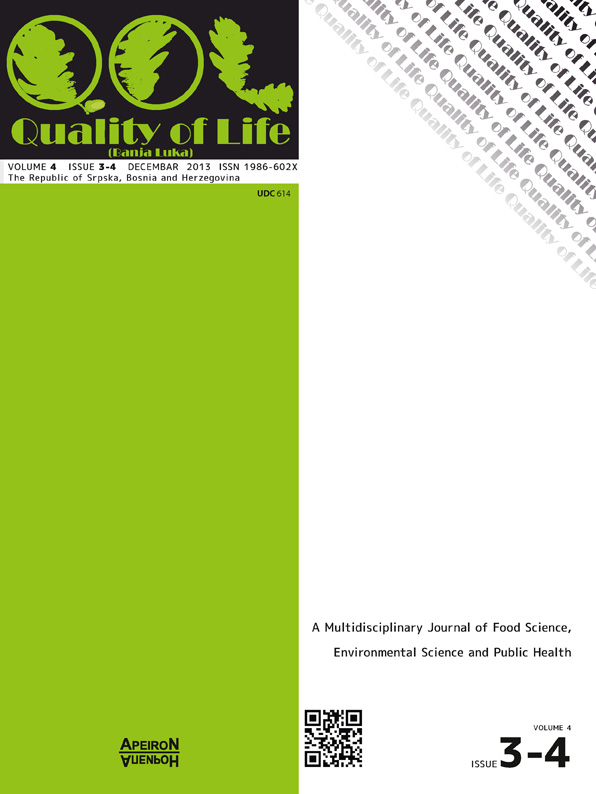Alveograph and Bread Making Quality of Wheat Dough as Affected by Added Glucose Oxidase
DOI:
https://doi.org/10.7251/QOL1303049VAbstract
Although there is considerable interest in glucose oxidase, little is known about its activity on rheological characteristics of wheat dough and with bread making quality. Influence that the glucose oxidase exerts on rheological properties of the wheat dough is investigated on the basic of rheological determinations obtained with alveograph. Influence of glucose oxidase on bread making properties is determined on the basic of result obtained from the laboratory scale baking tests. In order to clearly establish relations between added dose of glucose oxidase (0.002; 0.004; 0.006 %) and rheological properties of wheat dough, as well as with bread making quality, analysis of dough with and without glucose oxidase (control sample) is performed and results are discussed with comparison with L-ascorbic acid as the most commonly used oxidative improver. Results show that glucose oxidase cause greatest increase of dough tenacity and causal reduction of extensibility. This leads to a negative effect on specific volume. Glucose oxidase cause increase of crumb hardness in smaller extent than L-ascorbic acid.Downloads
Published
2013-12-20
Issue
Section
Чланци
